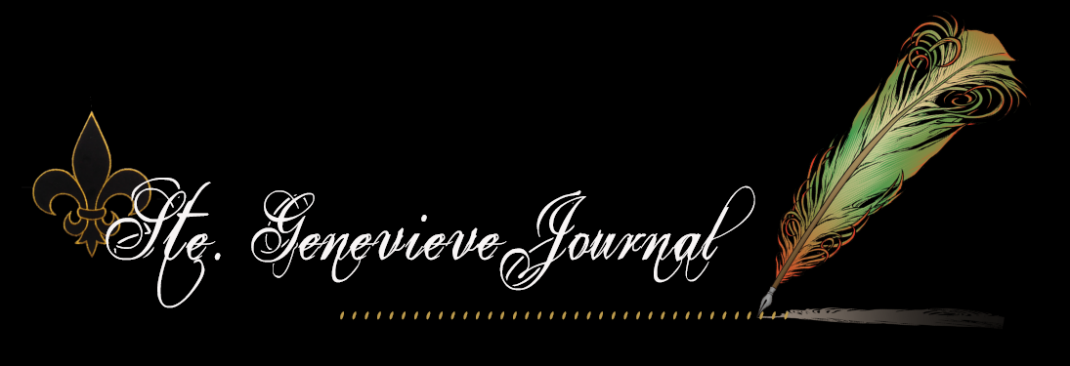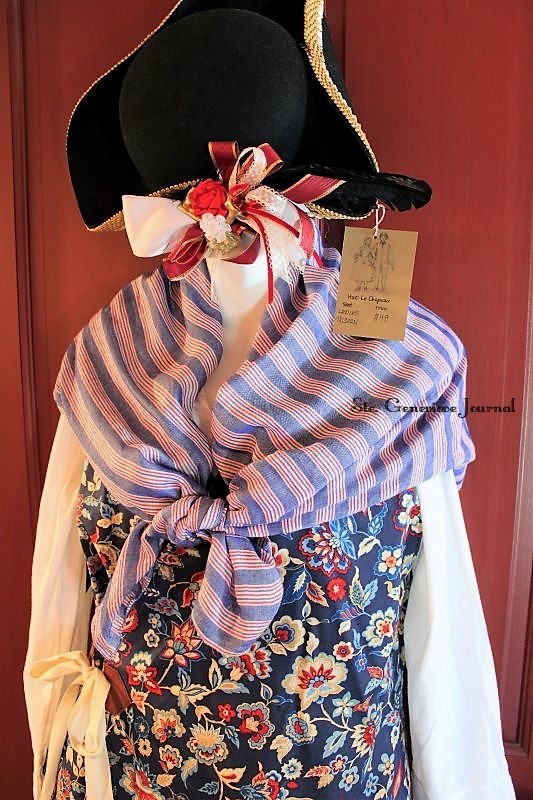Now that we have Sassafras Creek Originals stocked
with simple, common-folk French colonial costumes,
I wanted to start doing what I love the most. . .
designing and pattern-making in the style of 18th century clothing. . .
and these are two of my new designs. . .
This "practice sample bodice" with the flared bottom is one of my favorites. . .
I have two more cut out. . .in different fabrics and colors. . .
This one is made of a wheat colored lightweight linen. . .
laced up the boned front with silk ribbon. . .
The neck is outlined with an off-white braid. . .
It is in a size Large, which is why it is not fitting tight on this petite lady. . .
Because it was a "perfecting-the-pattern" sample. .
it is selling at a greatly reduced price. . .
There are flaws. . .but mostly on the underside where no one will ever see it. . .
The two petticoats and pocket are also for sale . . .
I found a great print for the second bodice. . .
It is a wrap that can be adjusted with the ties on the side. . .
and is in a size Large. . .
Real leather embellishes the ties. . .
I think I had the Fourth of July in mind when I put this entire costume together. . .
A printed beige petticoat, red cotton apron, tapestry pocket,
striped kerchief and a trimmed tricorn for the occasion. . .
Of course, you can mix and match as you like. . .
We have many to choose from. . .
As always. . .you can see these and other pieces for sale
on St. Mary's Road in Ste. Genevieve. . .













































